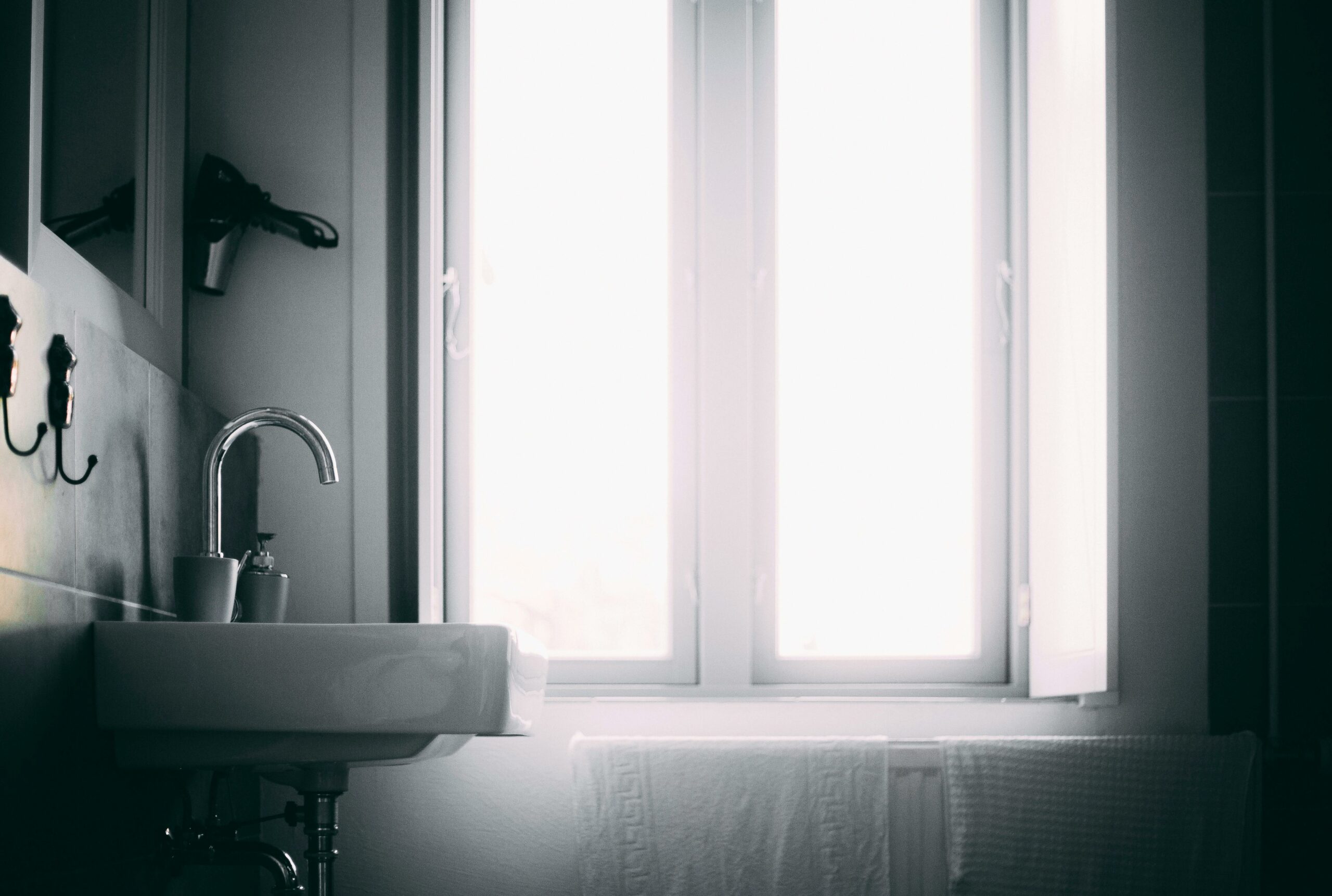Window film is a versatile and cost-effective solution for enhancing privacy, reducing glare, and improving energy efficiency in your home, office or commercial property. Whether you’re looking to give your space a stylish upgrade or protect your interiors from harmful UV rays, window film can be an excellent addition to add to your windows and doors. Paired with your choice of window glass, film can help to upgrade any space whilst also protecting the people and items inside.
The different types of window film
Window film comes in various types, each designed to serve specific purposes, so whichever film type you opt for will depend on where and how they are going to be used and what your space and users require.
- Solar control: designed to reduce heat and glare from the sun with the main focus on keeping interiors cool during hot weather, lowering energy costs and blocking harmful UV rays.
- Privacy film: by providing an added layer of privacy to the window while still allowing natural light to enter, privacy film is the perfect choice for bathrooms, bedrooms, or any space where you want to keep the outside world out. There are also various styles of privacy film, including frosted, mirrored, and patterned films to add an aesthetically pleasing touch to your glass.
- Decorative: decorative window film adds a touch of style to your windows by offering a selection of patterns, colours, and textures. This type of film is often used for aesthetic purposes, enhancing the design and atmosphere of a room whilst also offering a more cost-effective way to spruce up your window frames.
- Security film: constructed in a thicker and more robust finish, security film helps to reinforce windows, making them more resistant to breakage and external access. This added strength can deter intruders and prevent shattering in the event of an accident or natural disaster, enhancing the overall safety of your home or workplace.
- UV Blocking: this type of window film is specifically designed to block harmful ultraviolet rays, helping to protect human skin from sun damage but also preventing interior furnishings from fading which can be especially important for homes, offices, hotels and anywhere in which customers visit.
- Heat reflective: heat reflective window film is designed to reflect solar energy away from windows, further enhancing temperature control and used to maintain a comfortable indoor environment. This can benefit homes and workplaces as it reduces the need for electric heating systems and reduces energy consumption.

How to apply window film
Follow these step-by-step instructions for a smooth and bubble-free finish.
- Clean the window or door: thoroughly clean the window surface using a window cleaning solution and a lint-free cloth, ensuring that all dirt, dust, and grease have been removed.
- Measure and cut your film: measure the dimensions of the window and cut the film to size, leaving an extra inch on each side to ensure full coverage.
- Prepare the solution: fill a spray bottle with water and add a few drops of dish soap. Shake the bottle gently to mix the solution. This will help the film adhere to the window and allow for adjustments during application.
- Apply the solution: spray the window generously with the soapy water solution. This will make it easier to position the film and remove air bubbles.
- Remove the backing from the film: peel the backing off the window film and be cautious to avoid touching the adhesive side of the film with your fingers to avoid fingerprints.
- Position the film on the window: place the film onto the wet window, starting at the top and working your way down. The soapy water will allow you to slide the film into the correct position.
- Smooth out any air bubbles: using a squeegee, start from the centre of the film and work your way towards the edges, smoothing out any air bubbles and excess water. Continue this process until the film is completely adhered to the window without any bubbles.
- Trim the edges: once the film is in the correct place and all bubbles are removed, use a utility knife to trim the excess film and remove any lose edges. You can also use a ruler or straight edge to guide your cuts for a clean, precise finish.
- Final squeegee: to finish off, go over the entire surface of the film once more with the squeegee to ensure it is securely attached and all water is removed. You will also need to wipe away any excess water with a lint-free cloth to leave it entirely dry.
- Leave to cure: allow the film to cure for a few days. During this time, avoid cleaning the window or exposing it to direct water to allow the adhesive to set and produce a long-lasting bond.

How to remove window film
Whether the film has been there for a good couple of years, is damaged, or you need a different film type, removing window film can be a straightforward process when done correctly and with all the right equipment.
- Loosen the film with heat ( using a hair dryer or heat gun)
- Lift a corner of the film with a utility knife or razor blade
- Slowly peel the film away from the window
- Spray the adhesive with soapy water
- Allow the solution to sit and soften the adhesive
- Scrape off the adhesive with a plastic scraper or something like an old credit card
- Clean the window with a glass cleaner
- Repeat any necessary steps until its completely removed
Aluminium windows and doors installation across the UK
Ready to upgrade your windows or door? ABS are experts in all things aluminium, manufacturing the highest quality frames ideal for domestic and commercial settings. Ranging in shape and size, our wide selection of window frames and doors provide maximum durability, security and a modern finish.
To enquire about any of our services, get in touch or request a free quote from our aluminium experts!


